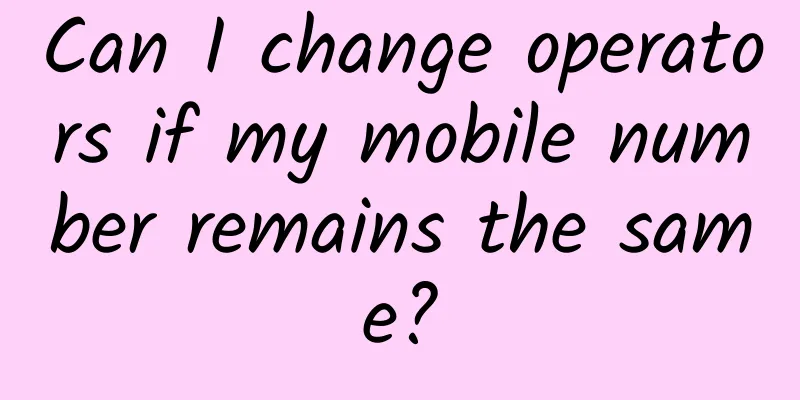Android advanced Kotlin high-order function principle and Standard.kt source code detailed explanation

|
This article is reprinted from the WeChat public account "Android Development Programming", the author is Android Development Programming. Please contact the Android Development Programming public account for reprinting this article. PrefaceIn Kotlin, a higher-order function is a function that is used as a parameter or return value of another function. If f(x) and g(x) are used to represent two functions, then the higher-order function can be represented as f(g(x)). Kotlin provides developers with a wealth of higher-order functions, such as let, with, apply in Standard.kt, forEach in _Collectioins.kt, etc. In order to be able to use these higher-order functions freely, it is necessary to understand how to use these higher-order functions. Today we will explain higher-order functions 1. Detailed explanation of higher-order functions1. What are higher-order functions?
The above is a high-order function, which receives a parameter of function type. The method of calling a high-order function is not much different from calling a normal function. You only need to add parentheses after the parameter name and pass the necessary parameters in the parentheses. Higher-order function types have a special notation corresponding to the function signature, i.e. their parameters and return value:
2. Detailed explanation of inline functions①What is an inline function? inline (be careful, not online), translated as "inline" or "embedded". It means: when the compiler finds that a certain section of code is calling an inline function, it does not call the function, but inserts the entire code of the function into the current position. The advantage of this is that it saves the calling process and speeds up the program. (The function calling process always takes more time due to the operations such as pushing parameters into the stack as mentioned above). The disadvantage of this is: since every time the code calls an inline function, it is necessary to directly insert a section of the function's code at the call site, the size of the program will increase. To use a life phenomenon as an analogy, it's like the TV is broken, and you call a repairman, you will think it's too slow, so you just keep a repairman at home. This is of course faster, but the repairman living in your house will take up space. Inline functions are not necessary, they are just a modification to increase speed. To modify a function to inline type Use the following format: inline function declaration or definition In a nutshell, add an inline modifier before the function declaration or definition.
The essence of inline functions is that they save time but consume space. ② Inline function rules Rules for inline functions (1) A function can call itself, which is called recursive call (discussed later). Functions containing recursive calls cannot be set to inline; (2) Complex flow control statements are used: loop statements and switch statements cannot be set to inline; (3) Due to the fact that inline functions increase the size of a function, it is recommended that the code in an inline function should be very short, preferably no longer than 5 lines. (4) Inline is only a "request". In certain cases, the compiler will ignore the inline keyword and force the function to become a normal function. In this case, the compiler will give a warning message. (5) Before you call an inline function, the function must have been declared or defined as inline before. If it is declared as a normal function before and defined as an inline function after the calling code, the program can be compiled, but the function is not inlined. For example, the following code snippet: //The function was not initially declared as inline: void foo(); //Then there is code to call it: foo(); //The function is defined as inline only after the call:
The code shows that the foo() function does not implement inline at the end; (6) For debugging convenience, all inline functions are not implemented when the program is in the debugging phase. ③When inlining functions, pay attention to the following issues (1) Inline functions defined in one file cannot be used in another file. They are usually placed in header files for sharing. (2) An inline function should be concise, with only a few statements. If there are more statements, it is not suitable to be defined as an inline function. (3) An inline function body cannot contain loop statements, if statements, or switch statements. Otherwise, the compiler will treat the function as a non-inline function even if the inline keyword is included in the function definition. (4) Inline functions must be declared before they are called. The keyword inline must be placed together with the function definition body to make the function inline. Simply placing inline before the function declaration will not have any effect. 3. Using inline functions in higher-order functionsThe Lambda expressions that are used all the time are converted into anonymous class implementations at the bottom layer. This means that every time we call a Lambda expression, a new anonymous class instance will be created, which will of course cause additional memory and performance overhead. To solve this problem, Kotlin provides the inline function, which can completely eliminate the runtime overhead caused by using Lambda expressions. You only need to add the inline keyword declaration when defining a higher-order function.
4. Closure functionThe return value of a function is a function, and the function contains another function inside, which can be an anonymous function with or without parameters.
2. Explanation of the source code of the standard library Standard.kt in kotinThe Standard.kt standard library of Kotlin source code provides some convenient built-in high-order functions (let, also, with, run, apply), which can help us write more concise and elegant Kotlin code and improve development efficiency. Studying the source code can help us understand and apply it faster. 1. Apply
val str = "hello" str.apply { length } // str can be omitted. str.apply { this.length } //You can do this 2. let
3. also
Execute a method, variable, etc. in type T, and then return itself T; Pass it as the block function parameter (cannot be omitted when calling), and the return value of the also function is the caller itself; This method is similar to the apply method above, except that when executing T's own method in the curly braces, T must be added. Otherwise, the API in T cannot be called. What does this mean? Look at the following code: val str = "hello" str.also { str.length } //str. must be added, otherwise the compilation will report an error str.also { it.length } //Or use it. 4. with
5. run
6. takeIf
7. takeUnless
This method is similar to the takeIf() method, except that it returns T itself when the internal judgment is false, and returns null when it is true. Therefore, we will not explain it in detail. Please refer to the takeIf() method for details. 8. repeat()
Analysis: The repeat method contains two parameters:
//Print values from 0 to 100, the number of times uses the internal index
3. High-order function selection
SummarizeWhether it is a built-in high-order function in Kotlin or a custom one, the code block styles passed in are nothing more than the following: 1. block: () -> T and block: () -> specific type When using the (::fun) form of simplification, the method passed in must be parameterless, and the return value type can be any type if it is T, otherwise the return type must be consistent with the return type of this code block 2. block: T.() -> R and block: T.() -> specific type When using the (::fun) form of simplification, the method passed in must contain a parameter of type T, and the return value type can be any type if it is R, otherwise the return type must be consistent with the return type of the code block. For example, the two methods with and apply 3. block: (T) -> R and block: (T) -> specific type When using the (::fun) form of simplification, the method passed in must contain a parameter of type T. If the return value type is R, it can be any type. Otherwise, the return type must be consistent with the return type of the code block. For example, the two methods let and takeIf |
<<: Talk about iOS identification virtual positioning research
Recommend
What are the legends about the Qixi Festival? A collection of legends about the Qixi Festival
The Chinese Valentine’s Day is coming. It is a tr...
How much does it cost to make a men’s clothing mini program in Fuyang?
There are two types of Fuyang Men's Wear WeCh...
A complete set of activity operation planning and promotion ideas
The product is like a singer, and the operation i...
2016 Christmas Advertising Video Collection 2: Warmth makes winter no longer cold!
The annual Christmas is coming soon in this cold ...
How to effectively improve product conversion rate?
In the use process of different products, users&#...
4 tips to improve the work efficiency of operators!
The operations staff are all young people, so rap...
How to increase the activation rate of information flow advertising?
How to increase activation volume ? Similar quest...
How to write a hit title that generates traffic?
How important is a good title? David Ogilvy, the ...
Is Baidu Port Account better or Baidu Framework Account better?
Is Baidu Port Account better or Baidu Framework A...
iOS 11.2 will enable free trial apps
November 7 news As we all know, in the Windows Ap...
Google's Android M secret weapon: built-in theme engine
Google launched the Android M developer preview f...
Detailed explanation of iOS APP architecture design
iOS APP Architecture Design 1. Overview of APP Ar...
Activity operation plan planning process
The activity planning process is divided into the...
Jianying Template Master Operation Course, Application + Operation + Editing Full Video Course
Jianying Template Master Operation Course, Applic...
Tips for niche channel search and promotion
For Shenma, a small search channel with relativel...









